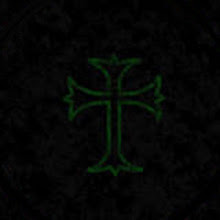Friday, May 22, 2009
Tarantula wasp
My beautiful sweet friend Amanda is trying out for "The Survivor". I was at her house helping her brainstorm and build a makeshift hut for her 3 minute video that she was asked by an executive to submit. While building the hut... Amanda squealed and told me there was a bug under this palm we were using. I started to laugh and thought... now come on Amanda you are trying out for this show....this better not be a 1/2" size spider. We slowly turned the palm over and good golly this horrendous bug crawled out! I have never seen anything like it...where did it come from? It looked upset flapping its wings and its stinger was changing colors and pulsating. KILL THE BUG !!! After we killed it, I had to admire what a beautiful bug it was. The coloring on it was amazing. When I came home I started googeling strange bugs to attempt to identify it and found out it was a tarantula wasp... SCARY !!! Amanda, I know this was a warm up for the the next step for the show. I stand behind you and support you in this tryout. I already feel you have a spot on the show... I look forward to watching you eat bugs like this on the show. Love you !
The Tarantula Wasp...
These insects are easily identified. Its dark black body shines with a metallic look, providing sharp contrast with its bright orange wings. The bright colors are probably important for establishing dominance, and attracting a suitable mate. They are nectar feeders, and can often be found in gatherings of a dozen or more feeding on plants. They are especially fond of milkweed flowers.
Their means of reproduction is what gives them their name and fascinates those of us with a morbid curiosity. Females who are ready to lay eggs is on the lookout for a tarantula. They often disturb the web near a tarantulas burrow, and when the tarantula rushes out the wasp stings the spider and injects venom.
Now this is where it gets weird. Instead of killing the tarantula, the venom only causes paralysis. The wasp then drags the tarantula to a burrow, stuffs it down the hole, and then lays her eggs on top of the paralyzed spider. Several days later the eggs hatch, and the larvae feed on the still living tarantula. Not a pleasant way to spend your last days! When the larvae mature they metamorphose into adult wasps to complete the cycle.












